24 World War 2
Leading up to World War II
The devastation of the Great War (as World War I was known at the time) had greatly destabilized Europe, and in many respects World War II grew out of issues left unresolved by that earlier conflict. In particular, political and economic instability in Germany, and lingering resentment over the harsh terms imposed by the Versailles Treaty, fueled the rise to power of Adolf Hitler and National Socialist German Workers’ Party, abbreviated as NSDAP in German and the Nazi Party in English.
Outbreak of World War II (1939)
In late August 1939, Hitler and Soviet leader Joseph Stalin signed the German-Soviet Nonaggression Pact, which incited a frenzy of worry in London and Paris. Hitler had long planned an invasion of Poland, a nation to which Great Britain and France had guaranteed military support if it were attacked by Germany. The pact with Stalin meant that Hitler would not face a war on two fronts once he invaded Poland, and would have Soviet assistance in conquering and dividing the nation itself. On September 1, 1939, Hitler invaded Poland from the west; two days later, France and Britain declared war on Germany, beginning World War II.
Significant Events of World War II
Sept. 1, 1939:
Germany invades Poland, marking what many regard as the start of the war, though Japan invaded China on July 7, 1937. Two days later, France and the United Kingdom declare war on Germany.
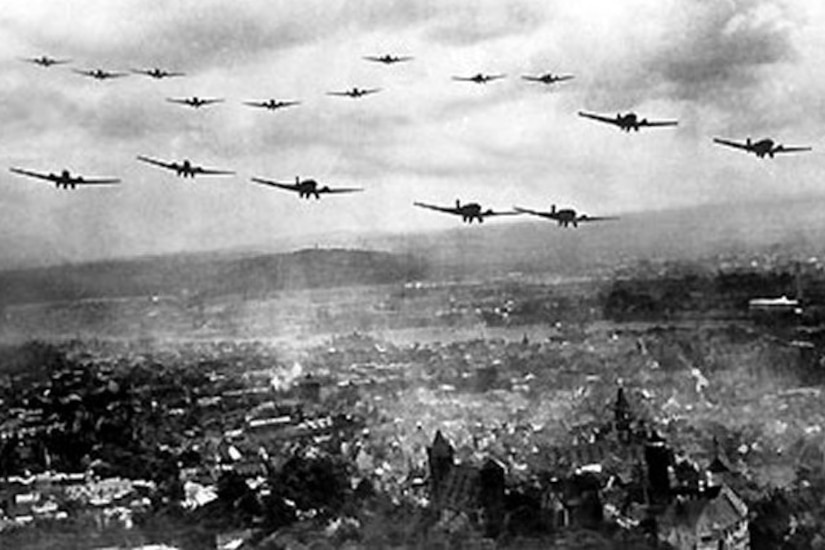
Dec. 11, 1941:
The United States declares war on Germany and Italy.
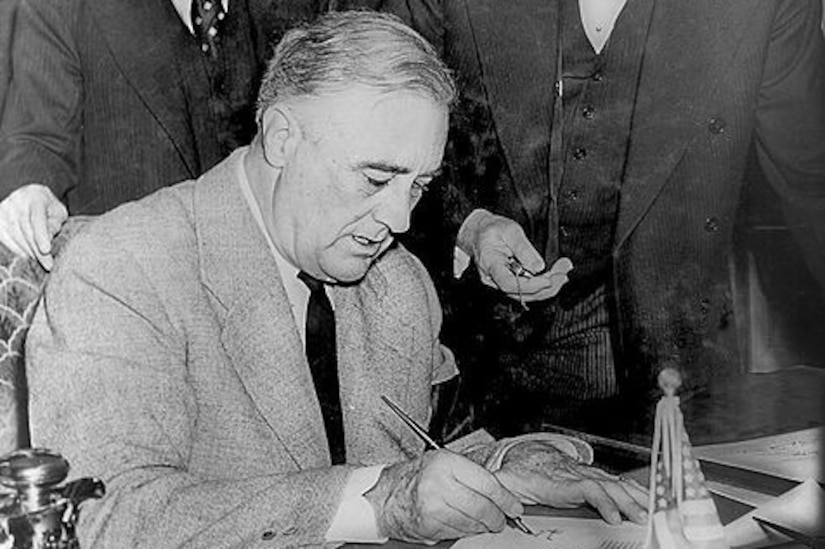
Sept. 8, 1943:
Italy surrenders to the Allies, but German forces occupy northern Italy.
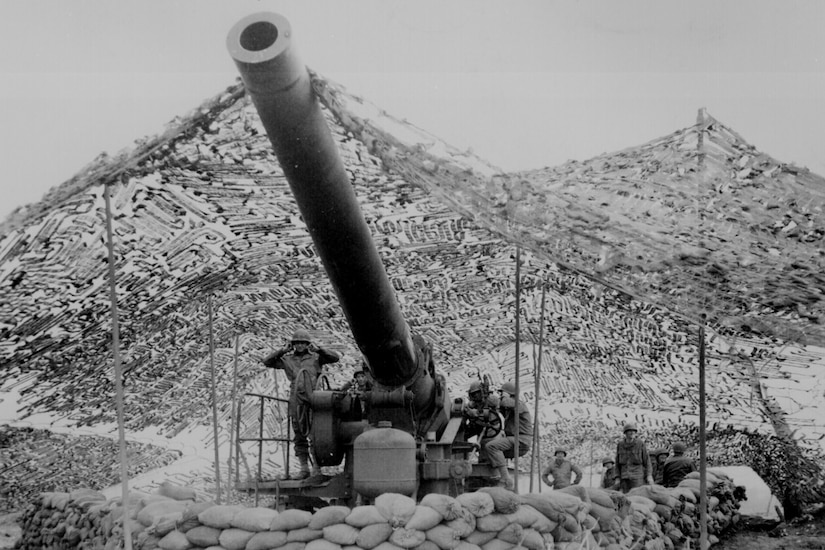
The Axis (and the Soviet Union) attacks
4) Japan and China were already at war in 1937
People often describe World War II as beginning in September 1939 when Germany invaded Poland. But Japan and China had already been at war for several years at that point. China was politically chaotic in the early 1930s, and Japan saw opportunities for territorial expansion. Japan established a puppet state called Manchukuo in Manchuria in 1932 and dispatched troops to the area. Tensions escalated into full-scale war by 1937. This map shows the situation in 1940; the areas in pink were under Japanese control. Japan never gained full control of China, but neither could Chinese forces under Chiang Kai-shek expel the Japanese from Chinese territory without help from the United States.
Aug. 9, 1945:
The U.S. drops an atomic bomb on Nagasaki, Japan
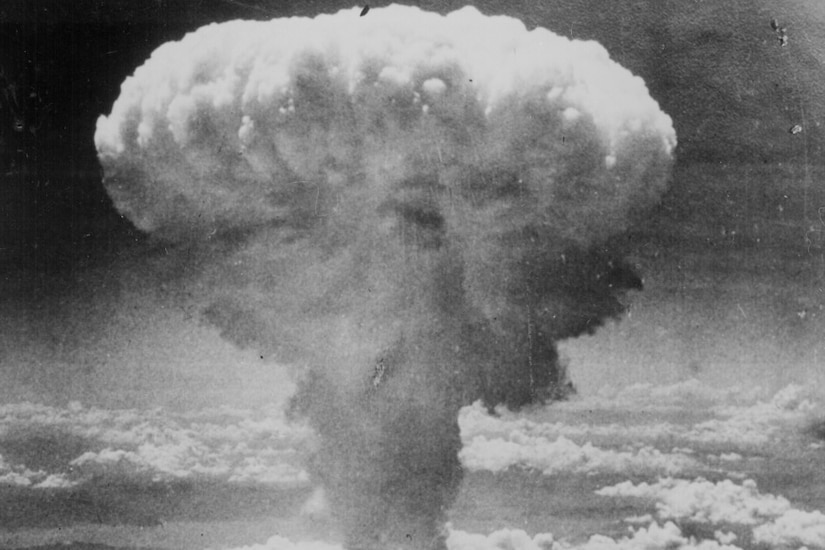
Sept. 2, 1945:
Japan formally surrenders to the Allies, marking V-J Day, although the initial announcement of surrender was made Aug. 15, 1945.
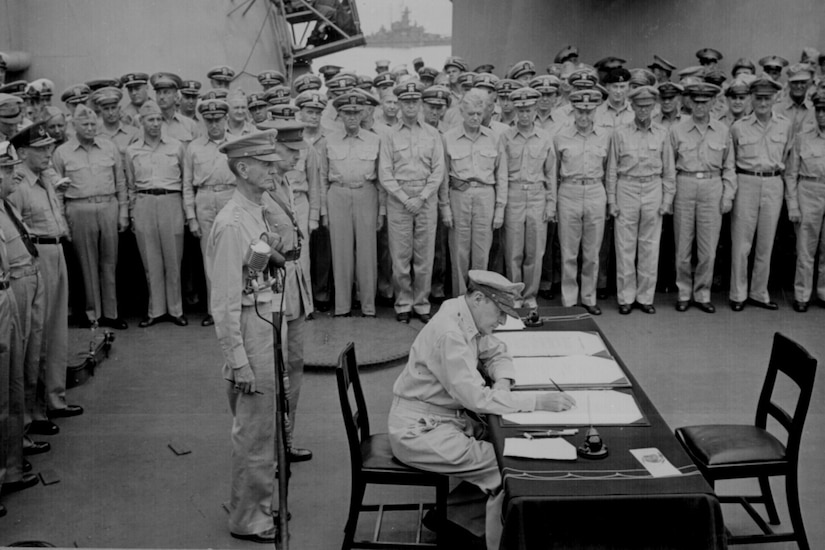
Other Military Casualties by Country 1939-1945 (selected)
- Australia: 23,365 dead; 39,803 wounded
- Austria: 380,000 dead; 350,117 wounded
- Belgium: 7,760 dead; 14,500 wounded
- Bulgaria: 10,000 dead; 21,878 wounded
- Canada: 37,476 dead; 53,174 wounded
- China: 2,200,000 dead; 1,762,000 wounded
- France: 210,671 dead; 390,000 wounded
- Germany: 3,500,000 dead; 7,250,000 wounded
- Great Britain: 329,208 dead; 348,403 wounded
- Hungary: 140,000 dead; 89,313 wounded
- Italy: 77,494 dead; 120,000 wounded
- Japan: 1,219,000 dead; 295,247 wounded
- Poland: 320,000 dead; 530,000 wounded
- Romania: 300,000 dead; wounded unknown
- Soviet Union: 7,500,000 dead; 5,000,000 wounded
- United States: 405,399 dead; 670,846 wounded
Consequences:
- 1. The war ended Depression unemployment and dramatically expanded government’s presence in American life. It led the federal government to create a War Production Board to oversee conversion to a wartime economy and the Office of Price Administration to set prices on many items and to supervise a rationing system.
- 2. During the war, African Americans, women, and Mexican Americans founded new opportunities in industry. But Japanese Americans living on the Pacific coast were relocated from their homes and placed in internment camps.

/cdn.vox-cdn.com/uploads/chorus_asset/file/2417204/ChineseCivilWar04.0.gif)
